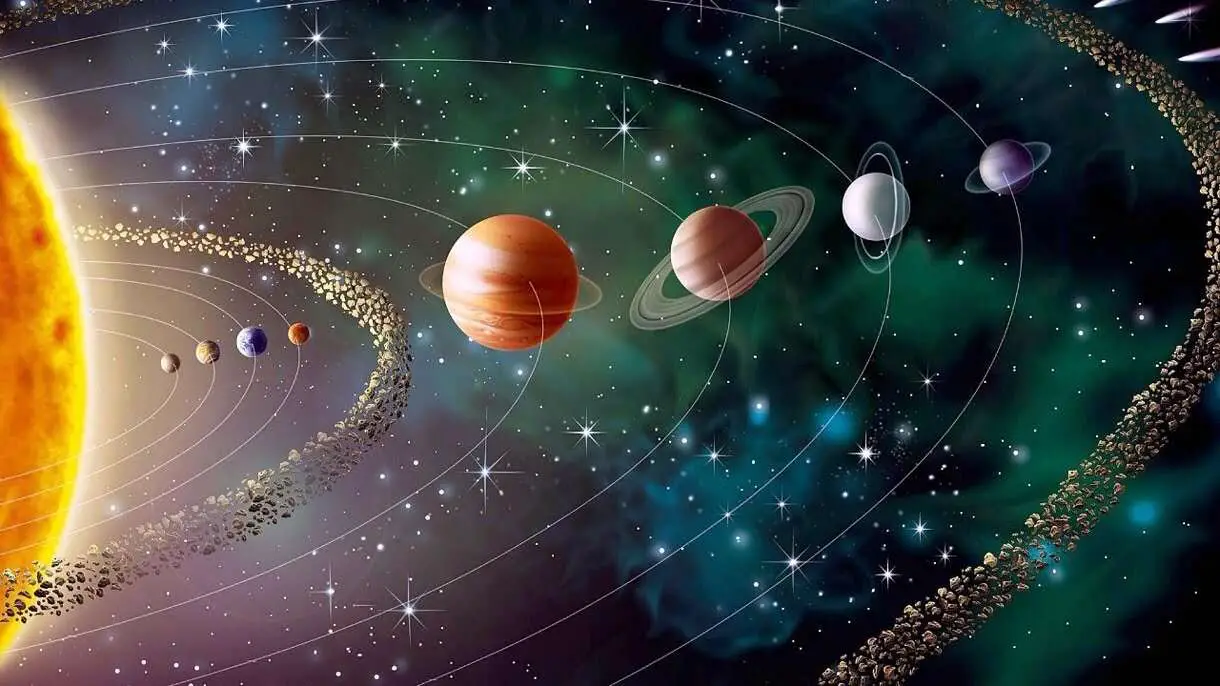The main difference between conservative and nonconservative forces is that conservative forces are path-independent. Whereas, nonconservative forces are path-dependent. The other significant between them is that Conservative forces conserve mechanical energy. Nonconservative forces, on the other hand, do not conserve mechanical energy.
Forces can be broadly classified into two Fundamental categories. These are conservative and nonconservative forces. In this article, we will delve into some of the most significant differences between them. In fact, we will also talk about some of the similarities between the two. So, without wasting any more time, let’s dive right in…!!!
Conservative Force vs Non-Conservative Force
| Conservative Force | Non-Conservative Force | |
| 1. | Conservative forces conserve mechanical energy. | Nonconservative forces do not conserve mechanical energy. |
| 2. | The work done by conservative forces is independent of the path taken by an object. | The work done by non-conservative forces depends on the path taken by an object. |
| 3. | The work done by conservative forces in a closed loop is zero. | The work done by nonconservative forces in a closed loop is non-zero. |
| 4. | They convert potential energy to kinetic energy and vice versa. | They may convert energy to other forms, such as heat. |
| 5. | Mechanical energy is conserved during the motion of an object. | Mechanical energy may change during the motion of an object. |
| 6. | Work done is reversible. | Work done is irreversible. |
| 7. | Conservative forces have associated potential energy. | Non-conservative forces do not have associated potential energy. |
| 8. | Follows the principle of conservation of mechanical energy. | Does not follow the principle of conservation of mechanical energy. |
| 9. | The force field is defined by the scalar potential function. | The force field is not defined by the scalar potential function. |
| 10. | Examples of conservative forces are gravitational forces, electrostatic forces, etc. | Examples of nonconservative forces are friction, magnetic force, etc, |
What are Conservative Forces?

A force is said to be conservative if the work done by the force on an object depends on the initial and final positions of that object and is independent of the path taken between the two positions. Not to mention, the work done by conservative forces in a closed loop is zero.
In addition, the word conservative also implies that these type of forces strictly follows the law of conservation of energy. In other words, the total energy of the system must remain conserved in any frame of reference. To summarize, one can also say that conservative forces conserve mechanical energy.
Properties of Conservative Forces
Some of the properties of conservative forces are as follows:
- Path Independent
- Work done is independent of velocity
- Mechanical energy is conserved
- Work done is reversible
- Work done is zero
- Follows the principle of superposition, etc.
Examples of Conservative Forces
Examples of conservative forces are as follows:
- Gravitational Force
- Elastic Force
- Coulomb Force
- Restoring force
- Tension Force
- Centripetal Force, etc.
What are Non-conservative Forces?

A force is said to be non-conservative if the work done by the force on an object does not depend on the initial and final position of that object, hence, it is dependent on the path taken between the two objects. Not to mention, the work done by non-conservative forces is a closed loop that is always non-zero.
In addition, the word non-conservative also implies that these types of forces do not strictly follow the law of conservation of energy. In other words, the total energy of the system does not remain conserved in any frame of reference. To summarize, one can say that non-conservative forces do not conserve mechanical energy.
Properties of Nonconservative Forces
Some of the properties of nonconservative forces are as follows:
- Path dependent
- Work done is dependent on velocity
- Mechanical energy is not conserved
- Work done is irreversible
- Work done is non-zero
- Do not follow the principle of superposition, etc.
Examples of Non-Conservative Forces
Examples of nonconservative forces are as follows:
- Frictional Force
- Air Resistance
- Magnetic Force
- Braking Force
- Viscous Drag
- Electrical Resistance, etc.
That’s it for this post. If you like this article, share it if you like, like it if you share it. You can also find us on Mix, Twitter, Pinterest, and Facebook. Hey man, If you have come this far, do give us feedback in the comment section. It would make my day. You can also make a donation. Your donations will help us to run our website and serve you BETTER. Cheers!!!
You might also like:
- Centripetal vs Centrifugal Force: How They Affect Motion!!!
- 10 Differences Between Laminar and Turbulent Flow
- Geocentric vs Heliocentric – What’s the Difference?
- Compare and Contrast Balanced and Unbalanced Forces
- Little g vs Big G – Differences & Similarities in Tabular Form
- Difference Between Speed and Velocity (Tabular Form)
- Difference Between Distance and Displacement
- Difference Between Uniform and Nonuniform Motion
- Kinetic Energy vs Potential Energy – What’s the Difference?
- Difference Between Constructive and Destructive Forces in Tabular Form
- Compare and Contrast Rotation and Revolution

